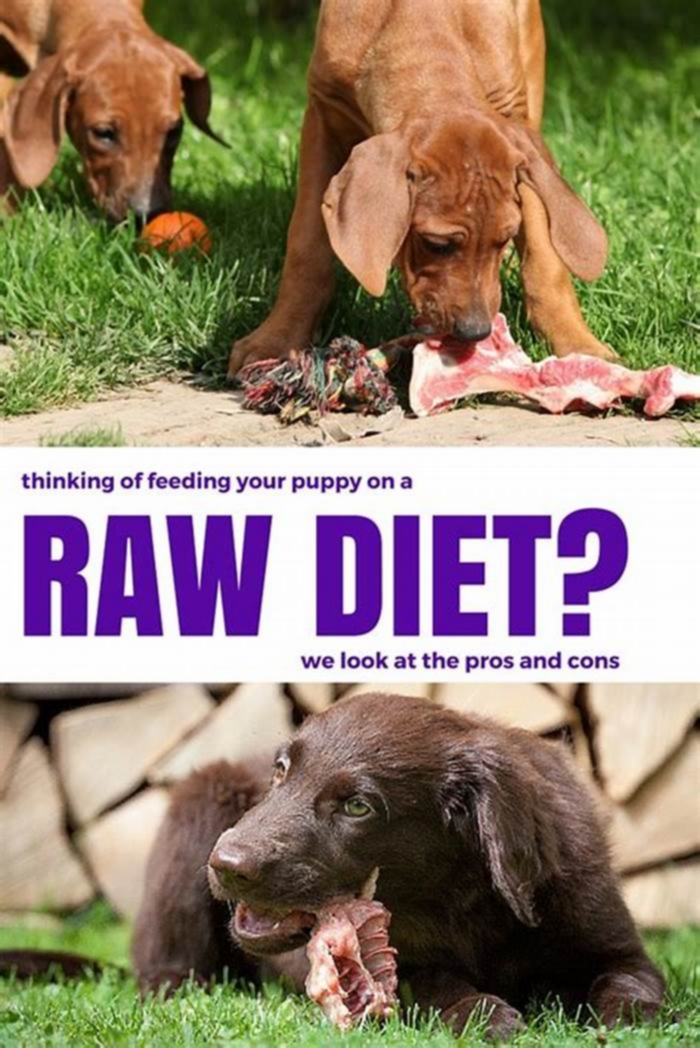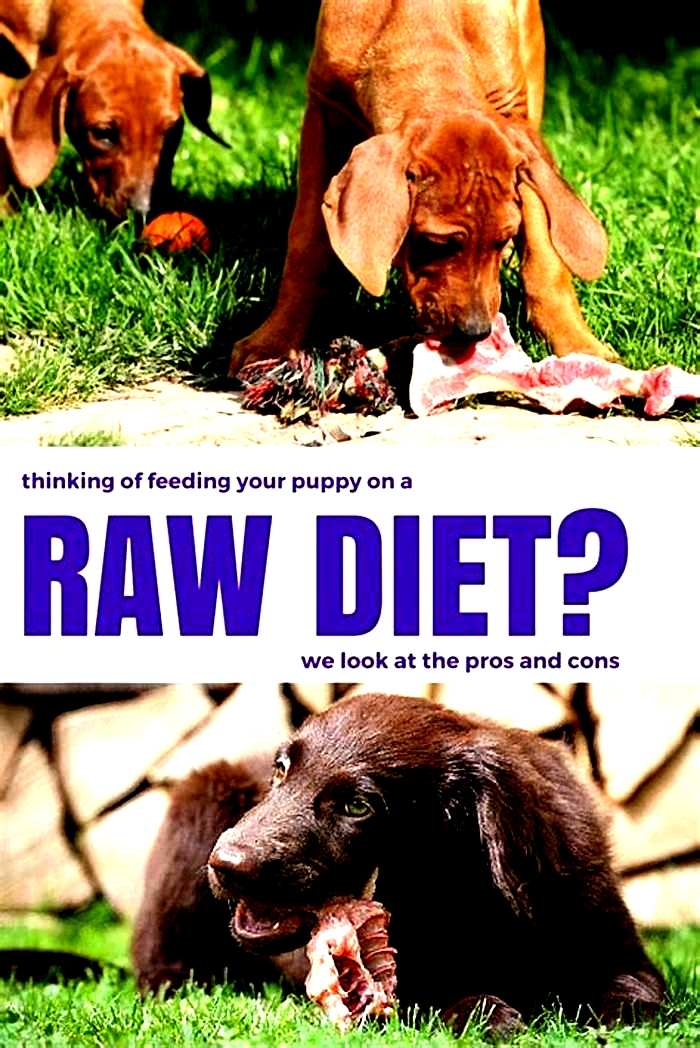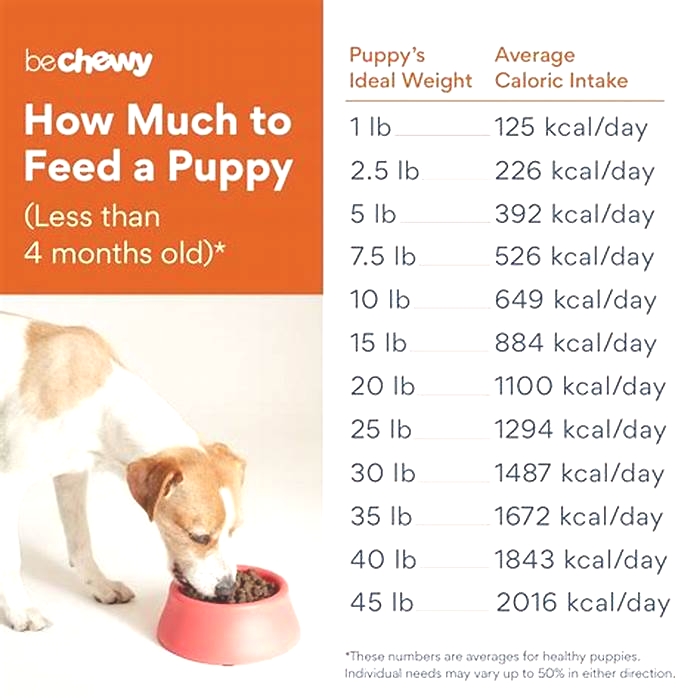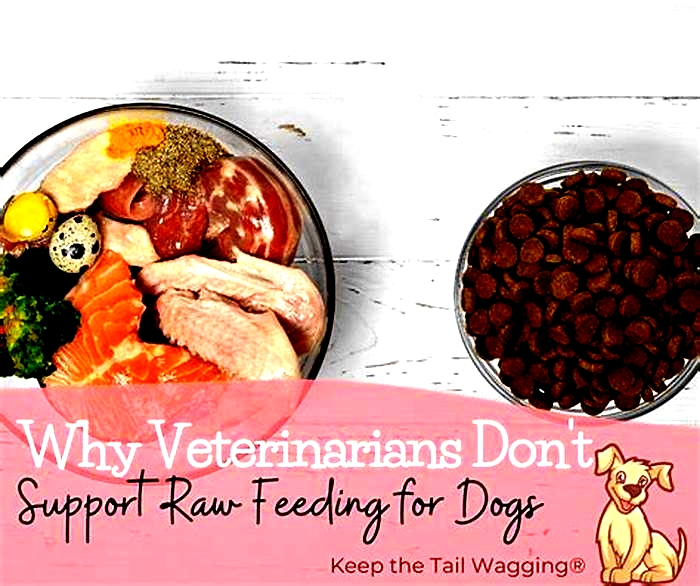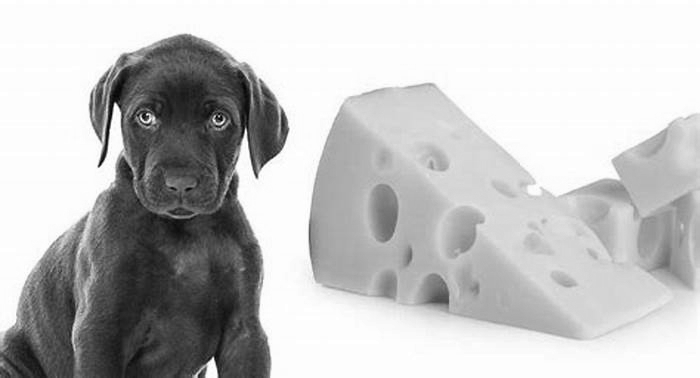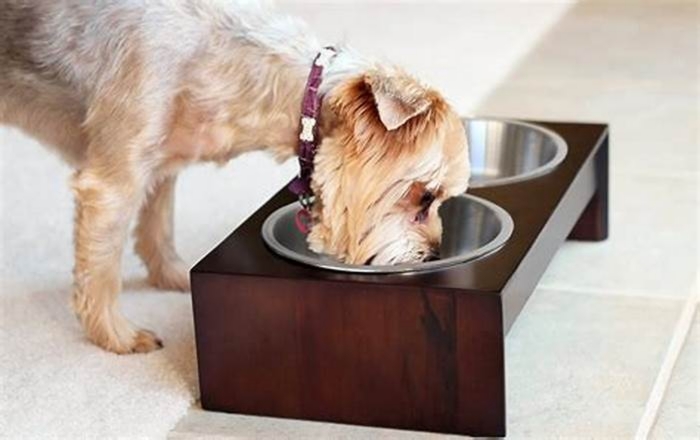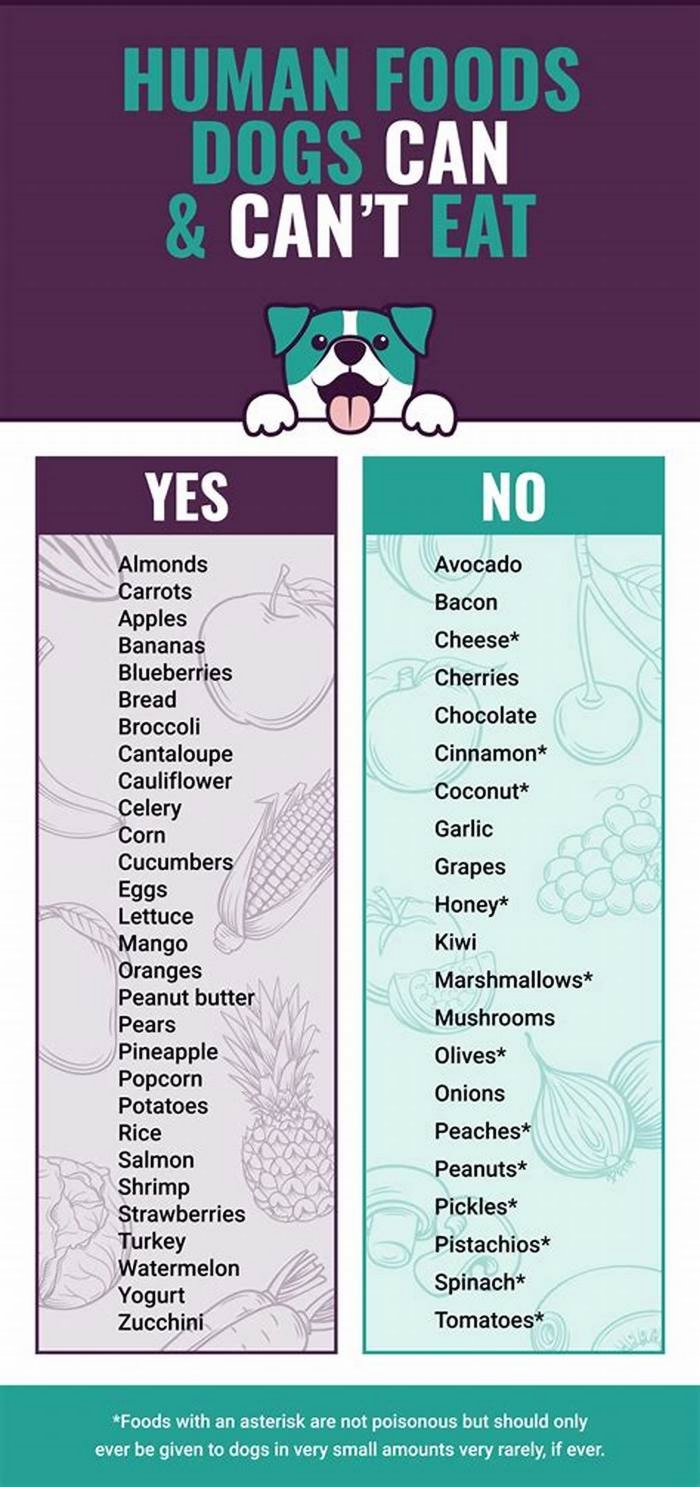Why I stopped feeding raw for dogs
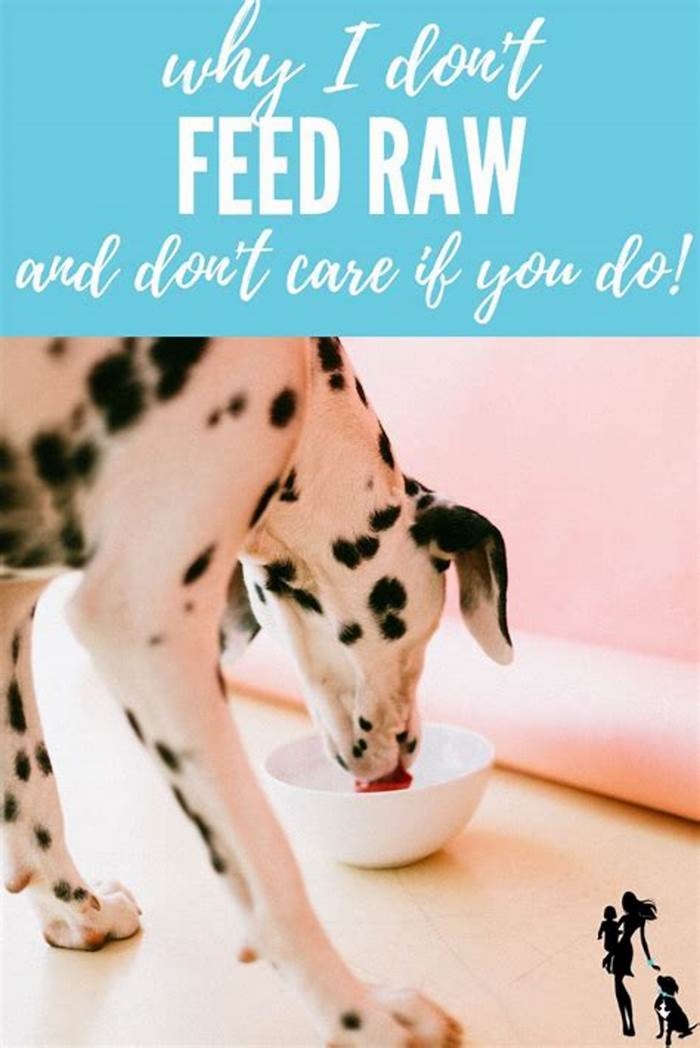
Raw Chicken For Dogs: The Hidden Dangers and Health Risks
Are you considering feeding your beloved dog a raw diet? As an experienced pet care specialist with over 20 years of expertise, I want to shed light on an important topic: the dangers of feeding raw chicken to dogs. While it may seem like an affordable and convenient choice, I have personally stopped including chicken in my dogs' raw meals for good reasons. In this article, we will dig into the nutritional pitfalls of chicken and explore alternative protein sources that can better support your dog's health.
Can Dogs Eat Raw Chicken?
Yes, dogs can eat raw chicken, and many do. However, it is not the ideal choice of protein for your furry friend. Feeding chicken and other poultry can lead to two significant nutritional problems that can cause health issues in dogs. I understand this might be a controversial statement, but please hear me out before making any judgments.
You Are What Your Food Eats
Have you ever heard the saying, You are what you eat? The same principle applies to the food we feed our pets. When it comes to chickens, their diet directly affects the nutritional value they provide to your dog. Unfortunately, the diet of commercial chickens is far from ideal.
Commercially raised chickens are typically fed leftovers from processed plants and waste from human food manufacturing. These ingredients hold little nutritional value for the chickens, so their feed needs to be supplemented with synthetic vitamins, minerals, and amino acids to make it resemble actual food. As a result, the chickens become a middleman in delivering subpar nutrition to your dog.
The Problem With Omega-6 Fatty Acids
Here's where things get interesting. Humans tend to love foods high in omega-6 fatty acids, which are commonly found in snacks and processed foods made with plant oils like soy, corn, and sunflower oils. Unfortunately, these same oils are added to chicken feed, significantly increasing the chicken's omega-6 fatty acid content.
Omega-6 fatty acids produce hormones that increase inflammation, while omega-3 fatty acids work antagonistically to lower inflammation. The balance between these hormones plays a crucial role in your dog's immune system and overall health. When chickens consume a diet high in omega-6 fatty acids, the meat they provide becomes imbalanced, with an excessive amount of omega-6 fats.
Feeding your dog chicken with an imbalanced omega fatty acid ratio can have long-term consequences. Chronic inflammation, caused by a diet high in omega-6 fatty acids and low in omega-3 fatty acids, is associated with various chronic diseases such as allergies, joint pain, diabetes, and kidney disease.
Chicken Fat Is Unbalanced
Let's take a closer look at the fatty acid content of different meats. Comparing chicken to other meats, you'll notice a significant imbalance. Chicken has an alarmingly high omega-6 fatty acid content compared to other commonly fed meats. This discrepancy arises from the food we feed chickens and how it affects their fatty acid composition.
While some other animals may also be fed grains and waste products, the duration of their exposure to these foods is limited. Cattle, lambs, and goats primarily eat grass and hay for most of their lives, with grains added only in the last few weeks before slaughter. On the other hand, chickens and other poultry consume omega-6 rich foods throughout their entire lives.
The longer an animal is fed omega-6 rich foods, the worse off its omega-3 supplies become. This holds true for chickens as well. As a result, the omega-6 to omega-3 fatty acid ratio in chicken meat is heavily skewed towards omega-6. Feeding your dog chicken will introduce this imbalance into their diet, which can lead to health issues down the line.
Is It Safe For Dogs To Eat Raw Chicken?
In all honesty, regularly feeding your dog a significant amount of chicken is not safe. The imbalance in omega fatty acids cannot be easily rectified through diet alone. Even if you were to include a substantial amount of omega-3 rich fish in your dog's diet, the ratio of omega-6 to omega-3 would still be far from ideal.
Ideally, a healthy ratio of omega-6 to omega-3 fatty acids should not exceed 5:1. Feeding more than a small amount of chicken or poultry would result in an imbalance that your dog's body cannot adequately correct. To maintain optimal health and a properly functioning immune system, it's crucial to avoid making chicken a major part of your dog's diet.
It's worth noting that pork shares similar risks with chicken, containing 24 times more omega-6 fatty acids than omega-3. However, turkey stands out as a better alternative, with a more balanced ratio of 6:1. If you must include poultry in your dog's diet, opt for turkey instead.
Making Chicken (And Pork) Safer For Your Dog
While I strongly discourage relying heavily on chicken or pork for your dog's raw diet, I understand that they can be cost-effective options. If you choose to feed them, it's important to be aware of the nutritional gaps they create and how to address them. Here are some suggestions:
#1: Add Vitamin D
To compensate for the lack of vitamin D in pork or poultry diets, consider adding fish to your dog's meals. Fish, especially fish liver, is an excellent source of vitamin D. Including 5 to 10% fish in your dog's raw diet can provide enough vitamin D to make up for the deficiency.
#2: Add Omega-3 Fatty Acids
Due to the excessive amounts of omega-6 fatty acids present in chicken, poultry, and pork, it can be challenging to balance the ratio with omega-3 fatty acids. While adding fish to the diet can help, it won't completely rectify the imbalance. Ideally, aim for a diet that includes other meats like beef, rabbit, lamb, or deer, which have a better balance of fatty acids.
#3: Feed Chickens Raised On A Proper Diet
Choosing organic, free-range chickens can make a significant difference. These chickens are fed diets richer in omega-3 fats, resulting in meat that has a better omega-6 to omega-3 ratio. If possible, opt for chickens raised on pasture as they offer the best nutritional value.
The same principle applies to pork. If available, feed pork from pastured pigs. Free-range pigs have a better omega-6 to omega-3 ratio, making their meat a healthier choice for your dog.
#4: Skip The Chicken And Pork Altogether
While this may be the most expensive option, I personally choose to exclude chicken and pork from my dogs' diet entirely. Instead, I prioritize animals raised outdoors and on grass, as this closely resembles their natural diet. If financially feasible, consider replacing chicken and pork with beef, rabbit, lamb, or other hoofed animals.
#5: Add Fish (but not fish oil)
If fish is your only option to balance out the fats in your dog's diet, include it several times a week. Although it won't achieve optimal balance, it's a better alternative than solely relying on chicken or pork. Avoid using fish oil as it is high in polyunsaturated fats and prone to rancidity.
Keys to Take Away
- Feeding raw chicken to dogs can lead to nutritional imbalances and chronic inflammation due to high omega-6 fatty acid content.
- Chickens are fed diets that lack essential nutrients and consist of waste products from human food manufacturing.
- Omega-6 fatty acids in chicken increase inflammation, while omega-3 fatty acids work to reduce it. Maintaining a proper balance is crucial for your dog's health.
- Chicken fat has an imbalanced omega-6 to omega-3 ratio compared to other meats.
- Raw diets that include a significant amount of chicken or pork may lead to chronic inflammation and health issues in dogs.
- Consider adding vitamin D-rich fish to your dog's diet and incorporating other meats with better omega fatty acid balance.
- Feeding organic, free-range chickens and pastured pigs can help improve the nutritional value of their meat.
- Opting for alternative protein sources such as beef, rabbit, lamb, or deer can provide a healthier and more balanced diet for your dog.
For more information on pet care and nutrition, visit HowPetCare. By making informed choices about your dog's diet, you can help ensure their long-term health and well-being.
Why We Stopped Feeding our Dogs a Raw Food Diet
Is raw feeding for dogs worth it? Well, the better question would be, is raw feeding for dogs worth it for me and my dog? There are dogs who truly thrive on a raw food diet after struggling with commercial foods. For those dogs and their owners, I would say yes, raw feeding for dogs is worth it. But, that does not mean raw feeding for dogs is worth it for everyone, and the benefits, in my opinion, have been greatly exaggeration.
While misinformation is ubiquitous these days, the overexaggerated health benefits of raw dog food (and the overexaggerated conerns about kibble) are especially problematic to me because of the guilt it places on pet parents. Feeding raw is expensive. It requires extra time. Sourcing can be difficult, depending on where you live. And, there are very real contamination concerns, especially if you live with other pets, children, or immunocompromised adults. These factors mean that raw feeding for dogs is an option available only to those with the time, money, geographic location, and health to do so.
This post is about busting some of those myths and showing that raw is not the only option for a healthy dog. We fed our dogs raw for over one year. Yes, they did great. No, they did not get sick other than the occasional runny poop. But, we decided to switch back to kibble because it was incredibly expensive, time consuming, inflexible, and the risk of an unbalanced diet or contamination was always present. In the end, we realized a raw food diet was simply not worth it for our dogs.
Raw Feeding for Dogs MYTHS
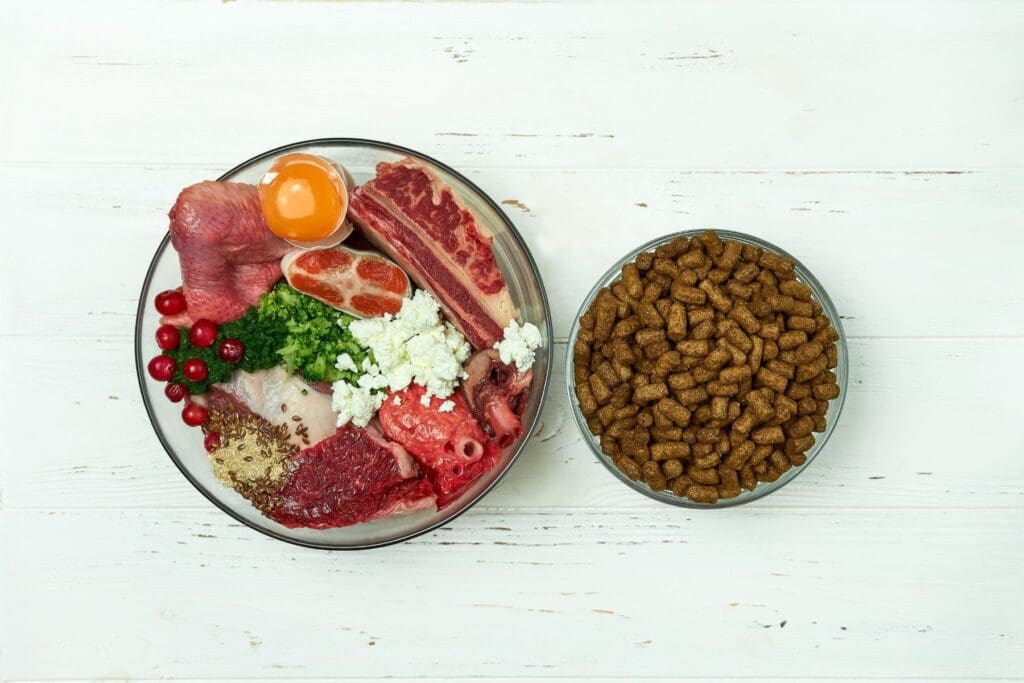
First of all, I want to dispel a few myths that I have seen perpetuated. These myths are what motivated me to switch to a raw food diet in the first place. I have since learned that these thoughts are not true, or are at least very misleading.
1. Kibble diets are bad for dogs.
Yes, poor quality kibble exists. That does not meant ALL kibble is bad. I often hear kibble equated to TV dinners or McDonalds, aka junk food. But, this is actually a false analogy fallacy that assumes because kibble is pre-packaged and convenient, like a TV dinner, it must be equally as unhealthy. In truth, most (all?) TV dinners are not fully balanced meals; they dont have all the nutrients humans need in the recommended daily allowences. Probably because TV dinners were not intended to be eaten as the ONLY meal.
A good quality kibble, on the other hand, should be made or approved by a qualified veterinarian nutritionist. This ensures it contains all the nutrients your dog needs, in the quantities and ratios they need them. Poor quality kibbles can have added ingredients, like food colorings and other fillers, but the higher quality stuff will not.
Does this make kibble as nutritiously dense as fresh, whold foods? Not necessarily. But, does that automatically mean kibble is trash food? Absolutely not.
2. Dogs digestive tracts were designed to kill food pathogens.
Contamination is actually a huge concern, especially since raw dog food may help spread multi-drug resistant bacteria. The fact is, there are numerous scientific studies that show dogs (raw fed and otherwise) passing salmonella and other pathogens through their stool, which poses a risk to both humans and other animals. Plus, dogs themselves can definitely get sick from these illnesses.
To compound this issue, there are a variety of studies piling up that indicate a high rate of antibiotic-resistant contamination of grocery store meat, including convential, antibiotic-free, and organic meats (see this 2018 study on antibiotic resistant E. coli in grocery store poultry or this 2018 analysis by nonprofit Environmental Working Group of 47,000 federal government lab tests of bacteria on supermarket meat). For humans, this is less of a concern if you are properly cooking your meat. This is not true for the dog that consumes this meat raw. That means raw feeding dogs could be a contributing factor to the spread of these antibiotic resistant bacterias, both to humans and out into the environment.
3. Raw food is healthier for dogs.
While I agree fresh foods can provide more nutritients that are usually more bioavailable, that doesnt mean feeding your dog a raw food diet is healthier than kibble. There are other ways to incorporate fresh nutrients and antioxidants into your dogs diet. You could try a gently cooked diet, or even add a variety of fresh foods to your dogs kibble. The point is, there are lots of variables that need to be taken into account when determining what is healthiest for your dog, including your dogs individual needs.
Furthermore, raw dog food can cause a myriad of health issues including pancreatitis, diarrhea, and food-borne illnesses like salmonella. Edible bones can pose a choking hazard or create a blockage in your dogs intestines. Finally, it is very easy to not provide a properly balanced diet. This results in nutritional deficiencies that can pose a serious health risk to your dog.
4. Feeding your dog raw is cheaper.
There is no way this is true, especially if you are carefully sourcing your meat. High quality meat is EXPENSIVE, and it makes up 70% of your dogs diet. Now, some raw feeders claim you save money on vet bills, thus balancing the cost. However, the truth is, that is a roll of the dice. While some dogs will be healthier on raw than kibble due to allergies and things like that, that is not true for all dogs. Annual exams cost the same whether you are on kibble or raw. In fact, when my dogs were on a raw food diet, I paid extra for a blood test to make sure they werent nutritionally deficient. So, my vet bills actually increased when I fed my dogs a raw food diet.
Why We Stopped Feeding Our Dogs Raw
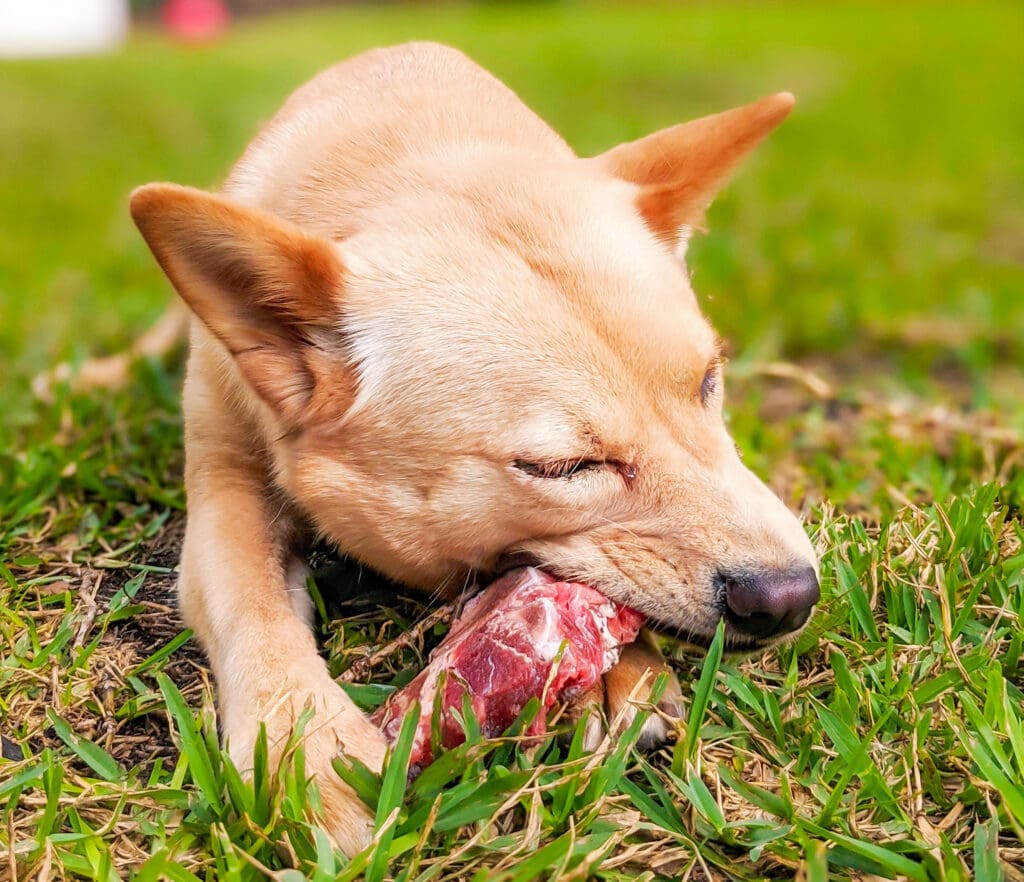
After feeding my dogs raw for over a year, I asked myself: is raw feeding for dogs worth it? For my dogs, the answer was no. Raw feeding for dogs takes a lot of time and money, and while we might be DINKs, we do have other things to do. Moreover, it was a lot of time and money without a big return; in other words, our dogs were not any healthier on a raw food diet than they were on a good quality kibble.
There was also the very real health concerns. I constantly worried if the dogs were getting a properly balanced diet. Any time one of the dogs had a runny poop, I worried they had salmonella poisoning. I worried about sourcing, about finding enough variety, and about transporting their raw food any time we traveled or went camping. All in all, it was a pretty big headache without any real benefit to make it worth it.
Raw feeding did not make my dogs any healthier
Fact: NONE of our dogs did significantly better on raw than they did on kibble. Junes allergies did not get any better or worse. Grandpa Totes mobility and energy levels did not change. Even when we switched back to kibble, we did not notice any sort of decline. We still get compliments on how soft and shiny the dogs coats are, and all of the dogs pass their annual vet exams with flying colors.
Im not saying other dogs dont experience notable benefits on a raw food diet, because the anecdotal evidence is there. Whether its allergies or food sensitivities or who knows what, some dogs definitely do significantly better on a raw food diet. Im just saying that it didnt make a difference for my dogs.
Raw Feeding is Time Consuming
In time, we did find a groove when meal prepping for the dogs. Yet, we still spent about 4 or 5 hours every other weekend shopping, prepping, and assembling meals for three dogs (we prepped two weeks at a time, the max amount we could store). An entire Saturday was dedicated to dog meal prep every other weekend.
Sourcing all of the ingredients was the hardest part. Not many places, including local butchers, carry secreting organs or edible bones like chicken feet, both of which are crucial parts of a raw food diet for dogs. Sometimes we had to visit up to three different places just to get everything we needed. Then, there was soaking and grinding the seeds; steaming and blending the vegetables; weighing out all of the ingredients and preparing each days food. Storage was another issue, both for the prepped meals and the leftover ingredients. We had to buy special tubs, even an entire deep freeze just to have enough space!
In all honesty, we didnt realize how much this commitment weighed on us until we switched back to kibble. Suddenly, we had so much more time to do other things, like take the dogs on a hike. The time and energy may not be a problem for everyone, but it was defiitely too much for us.
I was constantly worried when feeding my dogs raw
Things I worried about when feeding our dogs raw:
- What if we could not find an ingredient like liver, secreting organs, or edible bone?
- Will the cooler keep the dog meals frozen while traveling?
- Always feeding outdoors to avoid contamination on floors, rugs, etc.
- Were the dogs mouths/paws contaminated with bacteria after eating?
- Rearranging our schedule if we traveled on a food prep weekend.
- Contamination, contamination, contamination.
- Were we feeding enough variety?
- Was our raw food diet appropriately balanced?
- Did we remember to thaw a meal for the day?
- Explaining how to feed the dogs to our pet sitter.
Honestly, the list could go on. Feeding a raw food diet for dogs is not flexible, and the less rigid you are about it, the higher your chances of contamination whether thats contamination of the food, your floors, your backyard, etc.
What about commercial raw?
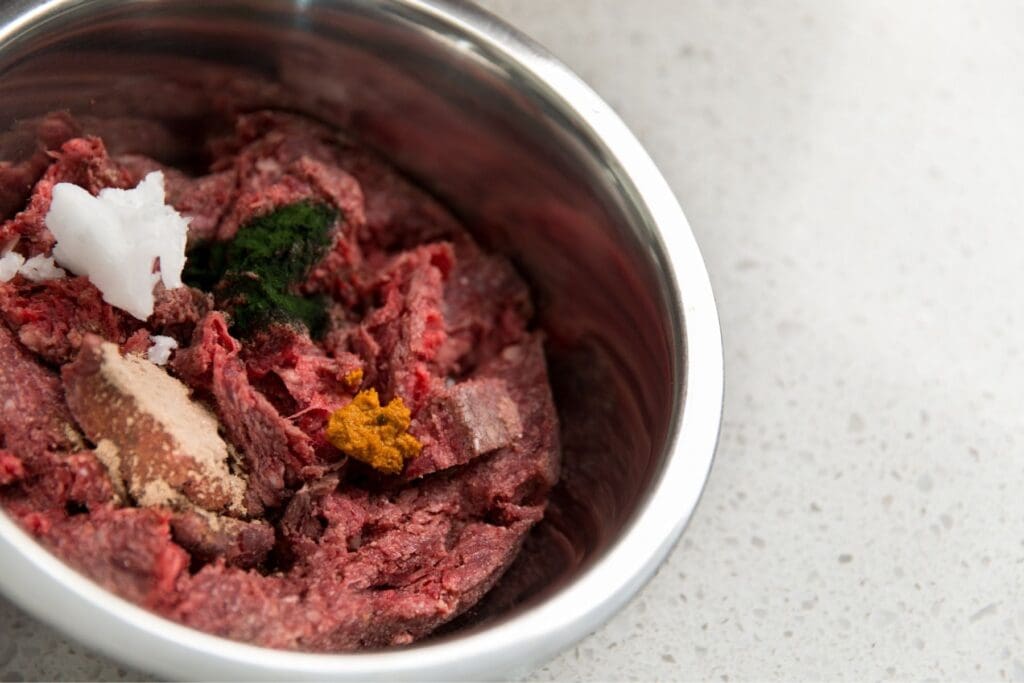
There are many reasons we decided to not go with commercial raw. For one, commercial raw dog foods are extremely expensive, especially for three dogs. Secondly, a lot of these diets are not prepared or even approved by qualified veterinarian nutritionists, and many are not AAFCO certified (AAFCO certified indicates a food is complete and balanced nutritionally for a dogs particular stage of life). Essentially, because the pet food industry is highly unregulated, many commercial raw dog foods may not be as nutritionally balanced as we are led to believe
Secondly, while commercial raw dog foods are very expensive and tout the same benefits as a raw food diet, there is actually very little evidence to back this up beyond peoples personal experiences. While Im not discounting anecdotal evidence, I do think its important to recognize the wild west that is the pet food industry. Many of these brands present the same problems as homemade raw, including contamination risks and concerns about whether or not a diet is properly balanced.
Is Raw Feeding for Dogs Worth it?
In a nutshell, raw feeding your dog requires a lot of money, time, and effort. While this might be worth it for people who see a notable improvement in their dogs health and quality of life, it is not necessarily worth it for all pet parents. Both the benefits of raw food and the downsides of kibble have been grossly overexaggerated.
That said, I absolutely believe in the power of quality nutrition, and choosing the right dog food is a crucial part of your dogs overall health and well being. Adding fresh foods into your dogs diet is a great way to ensure your pup gets plenty of vitamins, minerals, and antioxidants. However, many pet parents can take advantage of the power of fresh foods without switching entirely to raw.
What do you think? Id love to hear your thoughts and experiences in the comments!


